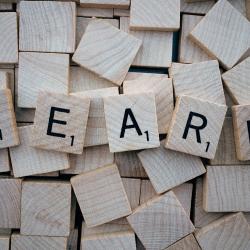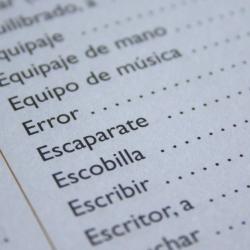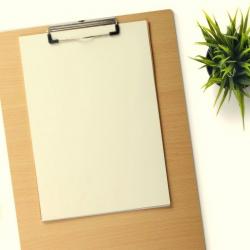How to Build a Language Learning Routine That Works for You
Learning a new language is more than just a valuable skill—it's an enriching journey that opens doors to new cultures, ideas, and opportunities. However, the path to fluency can be daunting without a structured approach. Crafting a language learning routine that suits your lifestyle is key to making steady progress and maintaining motivation. Here’s a comprehensive guide to building a language learning routine that works for you.
Step 1: Set Clear Goals
Before diving into vocabulary lists and grammar exercises, take the time to define your language learning goals. Are you aiming for conversational fluency, professional proficiency, or just a basic understanding? Setting SMART goals—Specific, Measurable, Achievable, Relevant, and Time-bound—will give you a clear roadmap and milestones to celebrate along the way. For instance, you might aim to complete a beginner-level textbook in three months or to hold a ten-minute conversation with a native speaker by the end of the month.
Step 2: Assess Your Schedule
Evaluate your daily and weekly schedules to identify pockets of time that can be dedicated to language learning. Consistency is more important than duration; even dedicating just 15-30 minutes a day can lead to significant progress over time. Consider incorporating language learning into existing routines, like listening to language podcasts during your commute or practicing vocabulary while having your morning coffee.
Step 3: Choose the Right Resources
With countless language learning resources available, it’s crucial to select those that match your learning style and goals. Language apps like Duolingo, Babbel, or Rosetta Stone offer structured lessons, while platforms like Tandem and HelloTalk connect you with native speakers for conversation practice. For those who prefer traditional methods, textbooks and language exchange meetups might be the way to go. Experiment with different resources to find what resonates with you.
Step 4: Diversify Your Learning Methods
Engage with the language in a variety of ways to keep your routine interesting and comprehensive. Combine reading, writing, speaking, and listening exercises to build well-rounded skills. Watch movies or series, listen to music, or read books and articles in your target language. Additionally, try keeping a journal, participating in language forums, or even talking to yourself in the language to reinforce your learning.
Step 5: Incorporate Technology
Leverage technology to enhance your language learning experience. Language learning apps often use gamification to make learning fun and engaging. Utilize speech recognition features to improve your pronunciation, and take advantage of spaced repetition systems (SRS) like Anki to memorize vocabulary effectively. Additionally, virtual reality (VR) and augmented reality (AR) applications can provide immersive experiences that mimic real-world interactions.
Step 6: Track Your Progress
Regularly tracking your progress can boost motivation and provide insights into areas that need improvement. Keep a language learning journal or use apps that offer progress tracking features. Celebrate small victories, such as mastering a new set of vocabulary words or completing a challenging chapter in your textbook. Reflect on your achievements to understand what strategies work best for you.
Step 7: Stay Flexible and Adapt
Life is unpredictable, and your routine may need adjustments over time. Be prepared to adapt your language learning routine as your schedule, goals, and interests evolve. If you find a particular method or resource isn’t working, don’t be afraid to try something new. The key is to maintain a balance between structured learning and flexibility to keep the process enjoyable.
Conclusion
Building a language learning routine that works for you is a personal and evolving process. By setting clear goals, choosing the right resources, diversifying your methods, and staying flexible, you can create a sustainable and effective language learning journey. Remember, the ultimate goal is not just to learn a language but to enjoy the cultural and intellectual enrichment it brings. Embrace the process, and you’ll find yourself not only achieving fluency but also gaining a deeper understanding of the world around you.






















